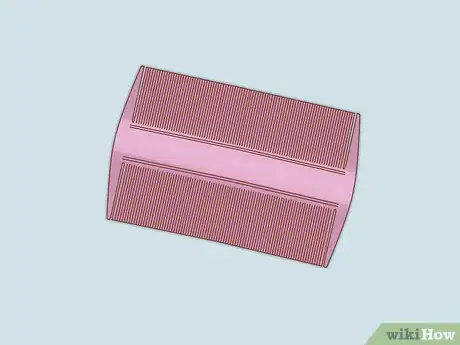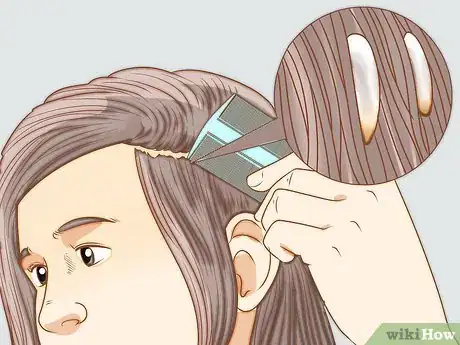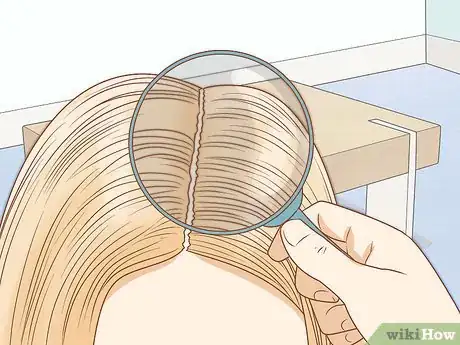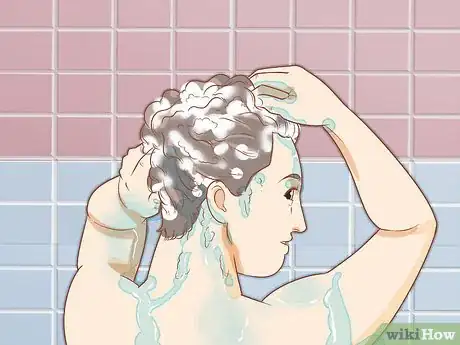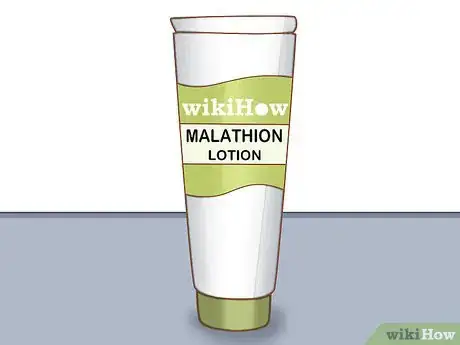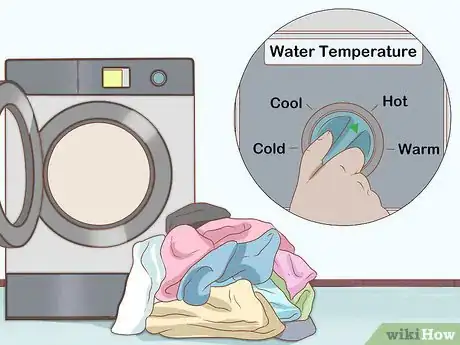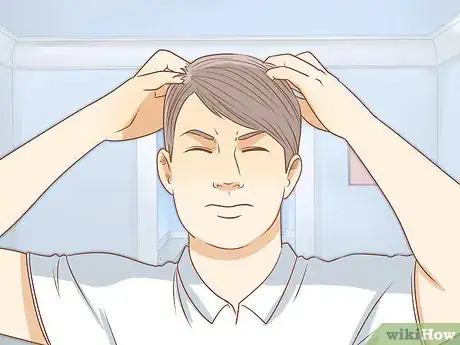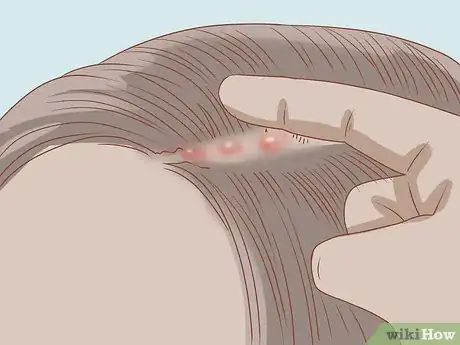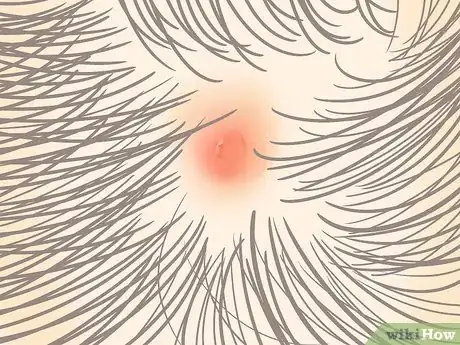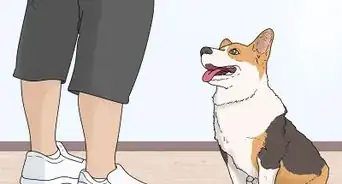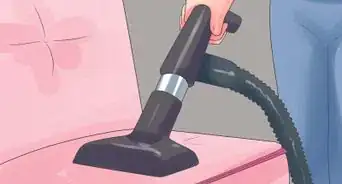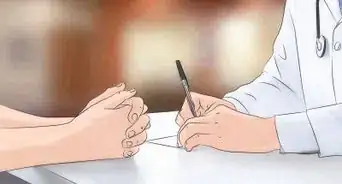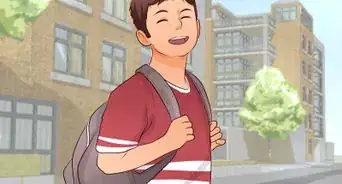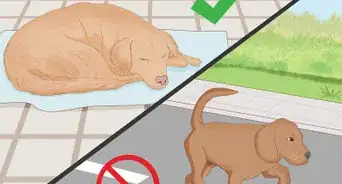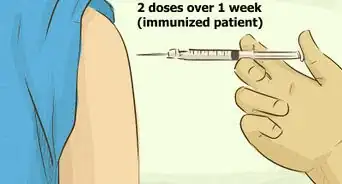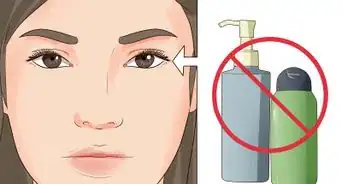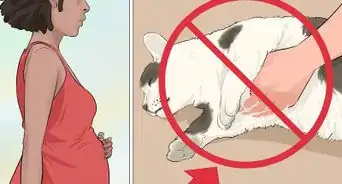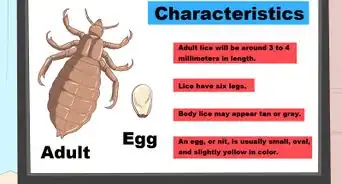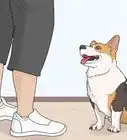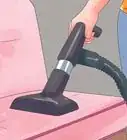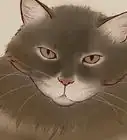This article was medically reviewed by Luba Lee, FNP-BC, MS. Luba Lee, FNP-BC is a Board-Certified Family Nurse Practitioner (FNP) and educator in Tennessee with over a decade of clinical experience. Luba has certifications in Pediatric Advanced Life Support (PALS), Emergency Medicine, Advanced Cardiac Life Support (ACLS), Team Building, and Critical Care Nursing. She received her Master of Science in Nursing (MSN) from the University of Tennessee in 2006.
wikiHow marks an article as reader-approved once it receives enough positive feedback. In this case, 86% of readers who voted found the article helpful, earning it our reader-approved status.
This article has been viewed 272,191 times.
Head lice are greyish brown insects that live on your scalp and feed on blood. While anybody can get them, elementary school children are the most at-risk group for head lice infestation, especially during the winter months. Most infestations involve fewer than 10 lice. Seek medical help for an examination if you feel itchiness very often. You may also see little bugs come out of your hair as you scratch your scalp.
Steps
Checking for Head Lice and Nits
-
1Use a fine-toothed louse comb to help identify living head lice. Head lice move quickly and avoid light. They also tend to stay close to the scalp. For these reasons, it can be hard to spot them while looking through the hair. A fine-toothed comb will be handy in a thorough examination, since it can trap the lice and pull them out of your hair.
- You can check for lice with either dry or wet hair. If you're checking with wet hair, wash and condition your hair before going over your hair with a comb.
- Use an ordinary brush to detangle your hair, then switch to the fine-toothed comb and start combing at the front middle of the scalp.
- Comb the hair from the roots to the ends, examining the comb after each stroke. Do this over your entire head.
- People with thicker hair may want to look for lice after washing their hair. In this case, using conditioner, or 1 tablespoon (15 ml) of olive oil, may make running the nit comb through your hair easier.
-
2Look for nits (head louse eggs) at the base of the hair shaft. Nits don't move, so they'll be easier to spot than adult lice. Pay careful attention to the areas behind the ears and near the base of the neck when checking for nits.
- Nits look like small, pearly-white bumps clinging to the shaft of the hair.
Advertisement -
3
-
4Be sure to treat the person if you find lice or nits. Start by trying a non-prescription lotion or shampoo. Their main ingredient is often 1% permethrin.[2] Apply the lotion of shampoo as directed, waiting 8 to 12 hours and then checking for active lice again.
- You may need to repeat the treatment after 7 days.
-
5Try a prescription lotion or shampoo if OTC methods don’t work. Malathion 0.5% may be prescribed in cases where non-prescription lotions or shampoos do not have the desired efficacy. You will need to saturate your dry hair and scalp with the product until they are wet. This type of medication is supposed to be left in the hair for a period of 12 hours and then washed out thoroughly with shampoo and water.
- You may find it most convenient to apply the product at bedtime and leave it in overnight.
-
6Make sure the lice don't spread. Head lice are contagious, so take measures to keep the infestation contained. Wash all clothing and bedding in hot water immediately, and remove any lice and eggs you comb out of the person's hair.[3]
- Do not share clothing, especially articles like hats that are worn on the head.
Checking for Symptoms
-
1Look for itching and tickling in your scalp. It's pretty much what it sounds like—humans are allergic to the (very small) amounts of saliva that lice inject into the skin in order to retrieve blood. If you have intense itchiness in your scalp area, check for head lice.[4]
- While itching is the most common symptom of a head lice infection, some people may experience no symptoms at all.
-
2Look for sores on the head caused by scratching. These sores can sometimes become infected with bacteria normally found on a person’s skin.[5]
-
3Look for small red bumps on the scalp. These bumps are caused when the lice farm blood from your scalp. They may ooze or become crusty.[6]
- Some people may also develop a bumpy rash on the back of their neck.
Warnings
- Itching, or pruritus, is a common outcome of a head lice infestation. Care should be taken to avoid damaging the skin with excessive scratching.⧼thumbs_response⧽
References
- ↑ https://www.cdc.gov/parasites/lice/head/diagnosis.html
- ↑ https://www.cdc.gov/parasites/lice/head/treatment.html
- ↑ https://www.mayoclinic.org/diseases-conditions/head-lice/diagnosis-treatment/drc-20356186
- ↑ https://www.mayoclinic.org/diseases-conditions/head-lice/symptoms-causes/syc-20356180
- ↑ https://www.mayoclinic.org/diseases-conditions/head-lice/symptoms-causes/syc-20356180
- ↑ https://www.mayoclinic.org/diseases-conditions/head-lice/symptoms-causes/syc-20356180
- ↑ https://www.cdc.gov/parasites/lice/head/epi.html
About This Article
To recognize head lice, look for red bumps on your head or the back of your neck from tiny bites. You can also drag a fine-toothed louse comb through your hair and examine the comb after each stroke. Look out for grey or brown insects about the size of a sesame seed and nits, which are small, pearly-white bumps clinging to the shaft of the hair. If you can't tell if there are lice or not, you can use a magnifying glance to see more clearly. For more tips from our Medical co-author, including how to treat head lice and nits, read on!
